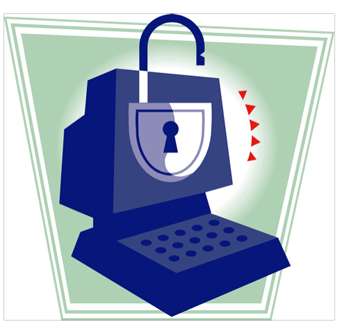The counterfeit goods market is one of the world’s most lucrative industries, with criminals earning millions of pounds every year making and selling rip off versions of coveted goods, writes Rachel Jones, CEO of SnapDragon Monitoring, which offers intellectual property and brand protection services.
According to the United Nations, counterfeiting is now the second largest source of criminal income worldwide, second only to drugs. No industry is immune, and criminals will exploit any item, whether it be fish food or a makeup brush, if they see an opportunity to make money. And, when it comes to prime target markets for fraudsters, the technology and gadgets industry ranks very high on the list.
This vast market, including mobile phones, computer and audio equipment, all technical accessories and parts, is a multi-billion-dollar business with an ever-increasing online presence.
Counterfeiters bank on the success of both products and brands, making their own sub-standard versions to ensnare victims. However, these gadgets are often manufactured using cheap, untested materials, resulting in products which can be extremely hazardous to use.
The reason brands like Apple, Samsung and Sony are priced as they are is not just because of the materials used in their creation but because the price also takes into account an ethical manufacturing process, global marketing and distribution needs and, importantly, testing. All products brought to market in the UK, and elsewhere, must be manufactured to rigorous standards and pass stringent safety tests. These precise product requirements, and certifications exist, purely and simply, to ensure the products are safe to use.
At the other end of the scale, fake goods tend to be sold cheaply because they are produced with minimal cost as the determining feature: safety, ethics and compliance are far from being priorities for criminals.
The key concerns relating to counterfeit electronic devices are, as one might expect, health and safety issues. From overheating, electrocution, burns and fire and explosion risks, to the effects of leaking toxic substances, the consequences of these inferior products have the potential to be catastrophic and life-threatening.
For instance, in January the consumer awareness site Which? ran a test on electric blankets bought across major online marketplaces and discovered that none of them should be legally sold in the UK. Which? discovered problems with how the products were made and also found some products with electric wires that could easily be pulled out, while others lacked the proper safety standard marks. These products are therefore highly dangerous, and pose a real threat to consumer safety.
The dangers of malfunctioning electronics are even more acute in the devices where defective software has been used to create a cheaper product. These can introduce security threats like ransomware, which is designed to deny access to a computer system or personal data until a ransom is paid, and malware which has the potential to spread viruses throughout home networks, leading to problems affecting others within the same households.
When it comes to marketing these items, criminals will often advertise their goods on social media sites or popular online marketplaces where they can more easily slip under the radar, despite work done behind the scenes at Amazon, for example, to try and prevent fake goods being listed. Some crafty criminals take things even further by spoofing the entire websites of genuine brands in a bid to trick people into handing over their hard-earned money to purchase (what turn out to be virtual) goods, never delivered.
So, how can consumers protect against fake tech and gadgets?
Although counterfeit technology and gadgets have flooded the market, this should not stop people shopping online. Instead, we all need to shop with a certain degree of healthy scepticism, treating sites, and too-good-to-be-true products with caution. Think ‘sceptically’ before you click!
By only buying from reputable websites, checking all reviews and ratings and, most importantly, by being realistic about pricing, we can all protect ourselves. Drastically reduced, particularly when combined with very short time frame offers (particularly on social media), can be an instant red flag that a product may not be authentic. For further confirmation, check the brand’s website for a price comparison.
It is also recommended to double check the authenticity of a website before inputting financial or card details. This can be done by checking the website address is correct. Common themes for fake sites are slight alterations in URL spellings, for example .co rather than .com. A genuine site will also always carry the small lock icon before its ‘https://’ address.
The technology and gadgets industry is at serious risk from counterfeiters and this is putting shoppers in danger, every day of the year. A good deal is far from being so, when it delivers way more than you bargained for, in terms of hazards.
If something looks too good to be true – avoid it.
See also the company’s blog.









